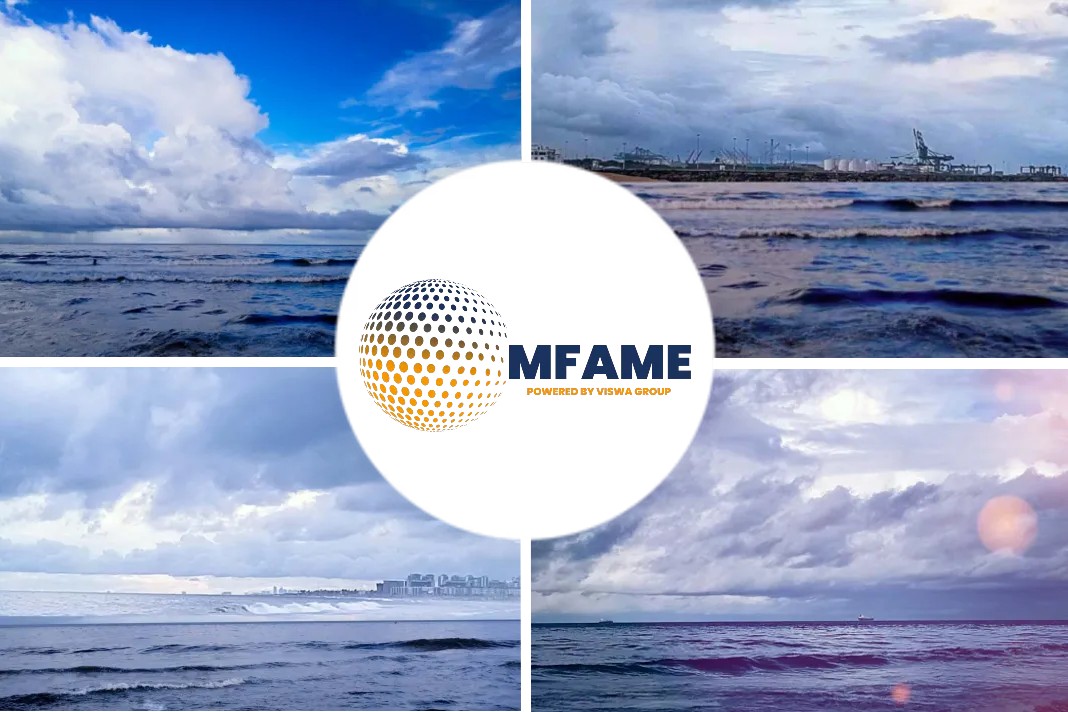
- Emission rules to spawn multi-tier freight market
- Earnings may stay at par among various ship sizes
- Grim economic outlook may weaken freight levels
Stormy seas lie ahead for the dry bulk market as the shipping industry comes to terms with the new environmental regulations being introduced by the International Maritime Organization in 2023, a survey by S&P Global Commodity Insights has found.
The new regulatory requirements such as the Energy Efficiency Existing Ship Index, or EEXI, and Carbon Intensity Indicator, or CII, are expected to create a multi-tier market based on ships’ ratings, fuel choices and performance.
The economic slowdown being faced by the world’s largest commodity consumer China is also weighing on the dry bulk freight market, along with the demand squeeze being seen in key dry bulk commodities that is impacting the earnings of bulkers across all sizes.
The survey has shown that the earnings in bulker sectors across Capesize, Kamsarmax/Panamax and Ultramax/Supramax may average around the same levels next year as in 2022 due to the subdued economic climate on the back of high interest rates and slow growth.
New regulation may forge multi-tiered market
The upcoming emission-related regulations are expected to create a multi-tier spot market for Supramax class bulkers, according to 56% of survey respondents.
It will be slightly different situation for the Capesize and Panamax ships, which tend to have longer ballast leg sailings than Supramaxess, which help them draw better environmental ratings based on the CII parameters.
“There has already been a two-tier market in the dry bulk segment for some time,” said maritime research consultancy Drewry’s Director-Deputy Head Maritime Advisors Jayendu Krishna. “First, it was for eco- and non-eco vessels. That was followed by scrubber and non-scrubber vessels under high bunker price environment. Going forward, it will be for fuel oil-propelled single-fuel vessels versus dual-fuel vessels,” he added.
It could also result in a category of ships that could trade anywhere in the world, while others would be restricted to certain regions.
“However, the number of ships in those two categories will likely fluctuate and ships could jump between these groups,” said a shipbroker source, adding that the market has become convoluted in recent years.
According to a shipping executive with a mining major, charterers may not pay different voyage freight rates depending on the fuel used or the efficiency of the ship unless they must. “I don’t think this could change at least until 2025,” the executive added.
A multi-tier market could pose many challenges for freight traders and market analysts as it would blur the ability to gauge market trends in the event of less liquidity within a specific tier, said Marc Pauchet, Director, Dry Bulk Research, at Maersk Broker.
Did you subscribe to our Newsletter?
It’s Free! Click here to Subscribe.
Source: Platts


















